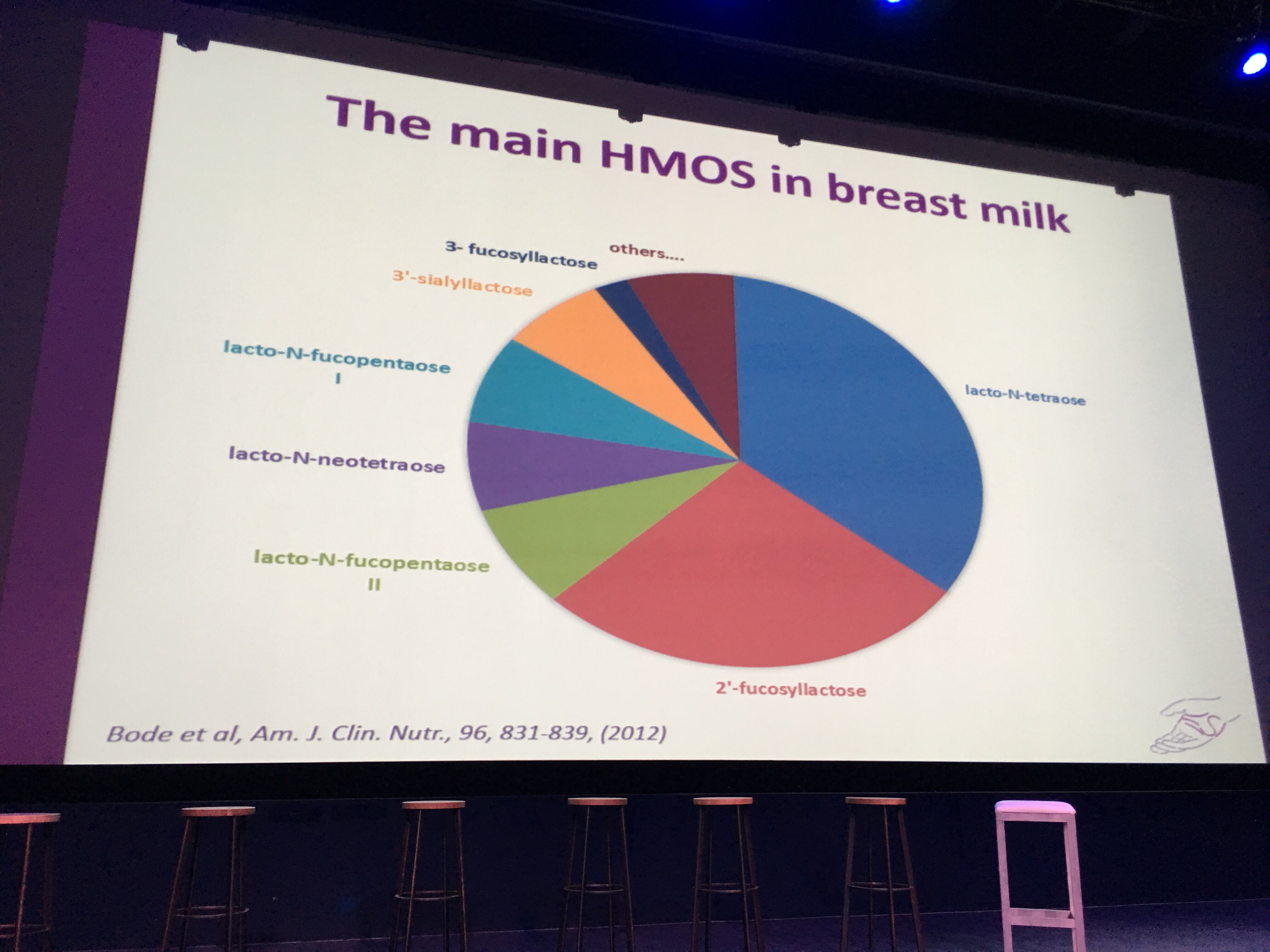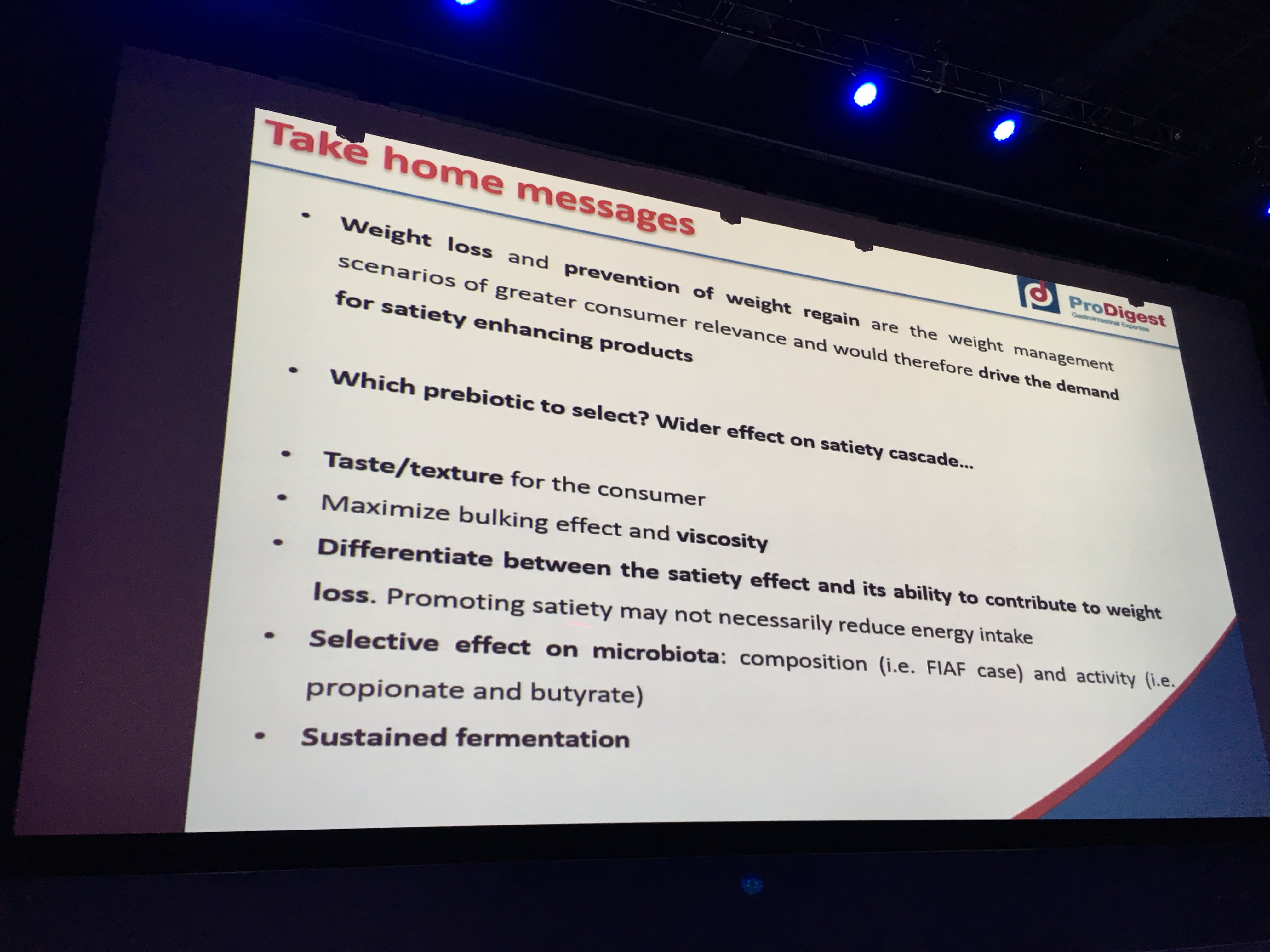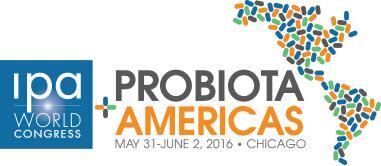So much of the discussion around pre and probiotics in Europe is dominated by regularity restraints and commercial concerns. That's why we 'returned to true science' for our first focus workshop on prebiotics at our Probiota event this year. Here are our key take away points.
The bones of it
Osteoporosis presents a substantial burden on health services worldwide, Dr Philip Allsopp, lecturer in human nutrition at the University of Ulster in Northern Ireland told us in his talk.
A 2015 study estimated that hip fractures alone cost the UK healthcare system around £1.1 billion (€1.42bn) every year – a figure set to rise with the ageing population.
This significant cost to both society and the individual has fuelled interest in novel dietary strategies, particularly in relation to post-menopausal women who were at risk due to hormone changes.
Dr Allsopp said there was mounting evidence for the use of prebiotics as one such dietary intervention.
While gaps in the evidence remained, research has so far suggested prebiotics may help optimise mineral absorption and bone density in adolescents and even reduce bone loss in some post-menopausal women.
These initial findings now warranted further investigation he said, although this was likely to come at a costs given the long-term nature of osteoporosis and therefore the length of trial required to fully track changes.
A history of synbiotics
Synbiotics is the combination of pro and prebiotics.
Yet Dr Sofia Kolida, head of research for OptiBiotix, said over time its definition had changed and now the industry needed to focus on why it was combining certain strains with certain fermentable fibres.
“There is a lack of rational selection of pre and probiotic combinations,” she said. This was holding the sector back from fully understanding the mechanisms behind possible health benefits, she said.
The first 1000 days
Dr Sandra Einerhand, founder and consultant at Einerhand Science & Innovation BV, said more research was needed on how to mimic the components - and therefore recreate the benefits - of human breastmilk.

She referenced a recent novel food approval for two synthetic oligosaccharides, lacto-N-neotetraose (LNnT) and 2'-O-fucosyllactose (2'-FL), which opened the door for their use in infant and follow-on formula.
Yet she said the application, filed by Danish firm Glycom, represented just two in hundreds of oligosaccharides naturally present in breastmilk.
She said synbiotics would also be key in this mimicry, since breastmilk had its own microbiome.
Chewing the fat
An ever increasing body of evidence suggests the gut microbial community plays a major role in the onset of obesity.

Dr Massimo Marzorati of ProDigest and Ghent University, told the audience about weight loss and avoiding weight regain as scenarios of greater relevance, driving the demand for satiety enhancing products.
He said while maximising bulking effect and viscosity was key is for the food maker, taste and texture remained important for the consumer.
Dr Marzorati believes long-term clinical studies are needed to demonstrate the utility of a food in promoting weight loss and preventing weight regain.
Genomes and germs
Dr Gemma Walton, lecturer in metagenomics at the University of Reading, said the discipline of metagenomics was one way of gaining deeper insights into the diversity of the microbial world.
Scientists are finally gaining an understanding of how prebiotics interact with the microbiome and how future human trials and clinical conditions should be tailored to fill knowledge gaps. Metagenomic approaches could become tools for monitoring viral and fungal pathogens and their global distribution patterns, she said.
New diagnostics needed
Dr Sandrine Claus, associate professor in integrative metabolism at the University of Reading, said there was a need for new diagnostic tools, expanding knowledge of host metabolic interactions and the gut microbiota, particularly in type II diabetes and metabolic syndrome.
Few published studies have investigated prebiotics on systemic metabolism using a nutrimetabonomics approach. Studies are often under powered, lacking a large sample size to detect significant differences.
There is also limited access to equipment like NMR or LC-MS. More significantly, nutrimetabonomics’ unique skillset means a lack of technical expertise.

Did you miss this year's Probiota conference in Amsterdam?
Have no fear, IPA World Congress & Probiota Americas 2016 will take place in Chicago May 31 – June 2.
